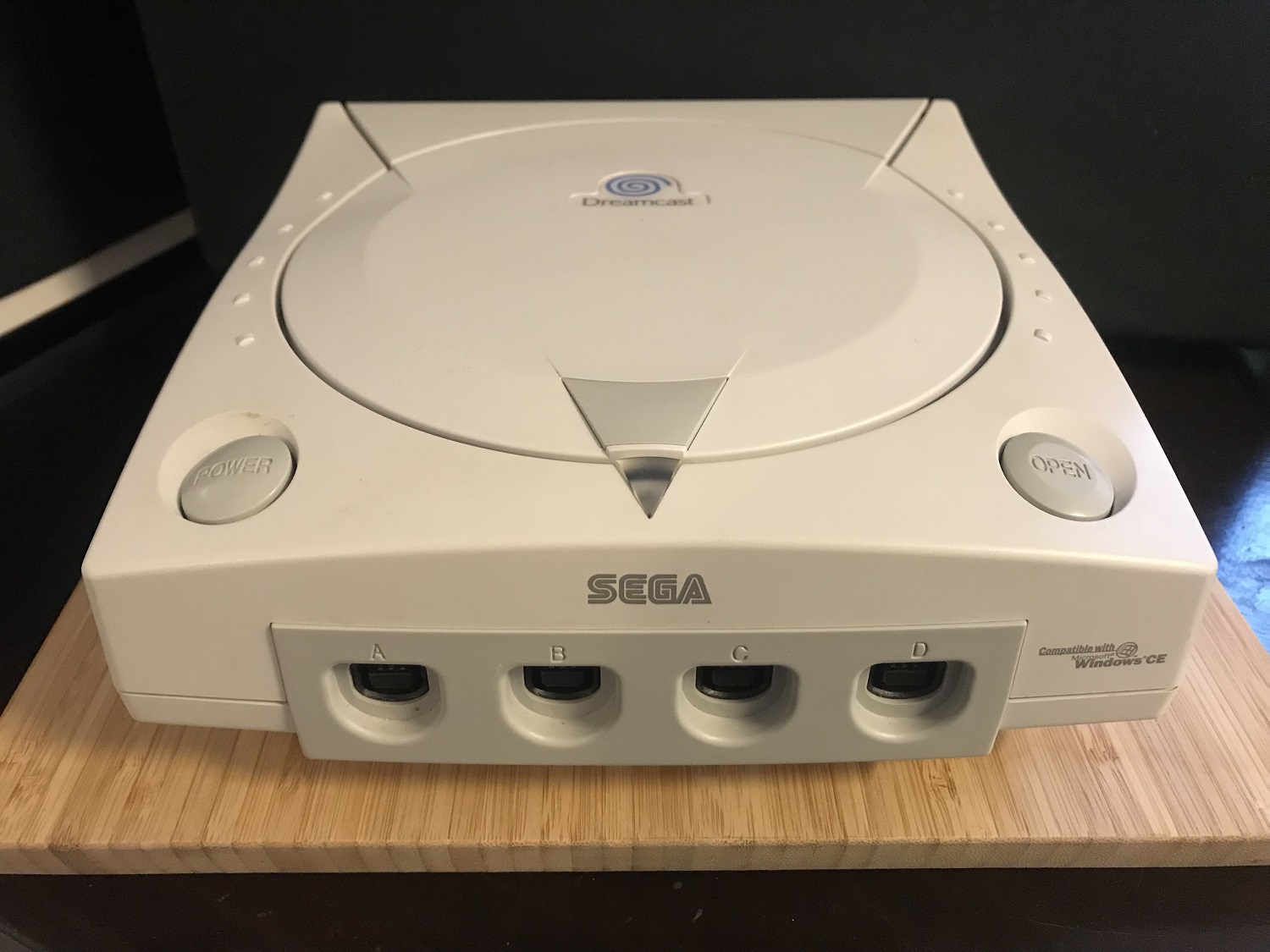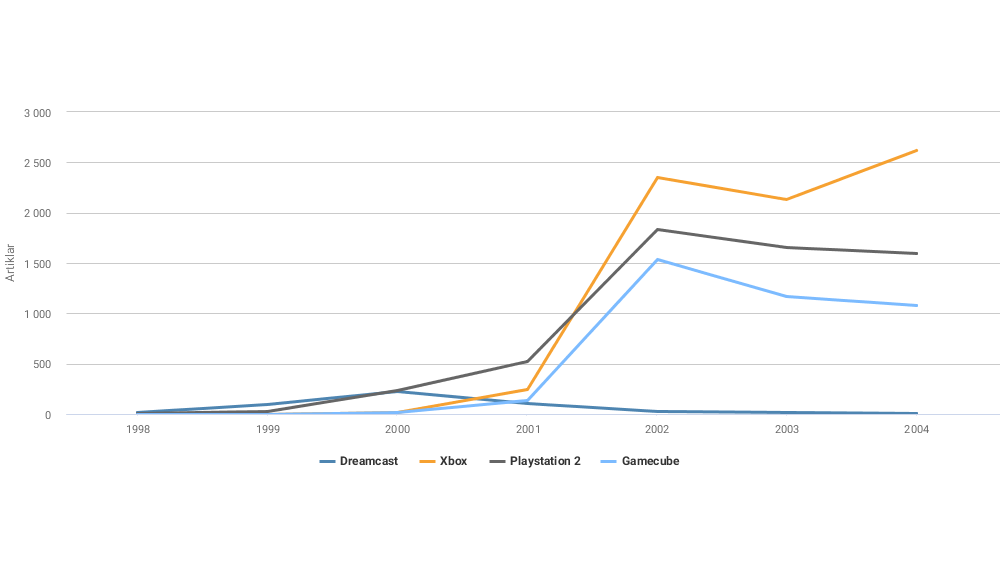
Welcome to our section dedicated to the Dreamcast console.
Dreamcast: Specifications
The Dreamcast was launched in Japan 1998 and in the US the following year. It had the following specifications:
- CPU: 206 MHz Hitachi SH-4 RISC, 360 MIPS (million instructions per second)
- GPU: NEC PowerVRSG, 640×448 resolution, 16,7 million colors
- Audio: 32-bitars Yamaha Super Intelligent Sound Processor with a built in 47MHz 32-Bit ARM7 RISC CPU
- RAM: 16 MB
- Video RAM: 8 MB
- Audio-RAM: 2 MB
- Video signal: Composite, RF, RGB, S-Video and VGA.
- Media: GD-ROM (GigaByte DiskROM), compatible with CD, 12x speed
- Weight: 2 kg (4.4 pounds)
- Communication: Modem 33.6 kb/s, upgradeable to Ethernet with a rare broadband adapter (you can diy through the modem and your computer, or with the modem and a rounter)
- Input: Controller with a digital and an analog stick, buttons and triggers, support for visual memory units (VMU). Support for mouse + keyboard, light guns etc accessories.
A common misunderstanding is that the console run Windows CE as an OS. That is not correct, however, it is compatible with Windows CD: some games and applications included a copy of the OS on the same disc. A disadvantage with WCD is that many programmers did not know how to program for it since it was not a very popular OS. Most games for the Dreamcast used SEGAs specific software development toolkits instead.
Why did the Dreamcast fail?
This is a long story, which we explain in more detail in a Swedish post. Dreamcast was launched in 1998/1999. Only two years later, SEGA stopped manufacturing hardware. The video game giant that has challenged Nintendo during the 1980s and 1990s with consoles such as Master System and Genesis / Mega Drive could not compete with the new actors on the market: Sony and their Playstation 2, and Microsofts Xbox. Below is an illustration of the number of articles in Swedish media around the millennium shift. As seen, the Dreamcast was subject to a slight rise in articles in 2000, just to decline and be surpassed by its competitors the year after (source: Retriever media database).
Even if Dreamcast was not a commercial success, the console do has its share of fans. It has several features that made it an innovative predecessor to todays video games, such as online functions and visual memory units. Also, it is easy to play homebrew games (and copies :-)) on the console, which has led to the establishment of a sub culture of people that are creating games and applications for it.
In this section we aim to offer everything from links to useful programs and games. The pages are under construction.
- DreamFrodo C64 emulator with roms
- Padus Discjuggler Dreamcast CD-R settings
- Dreamcast controller disassembly and cleaning
- Dreamcast disassembly
